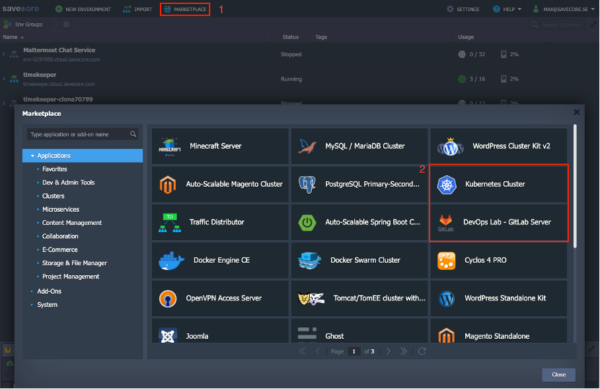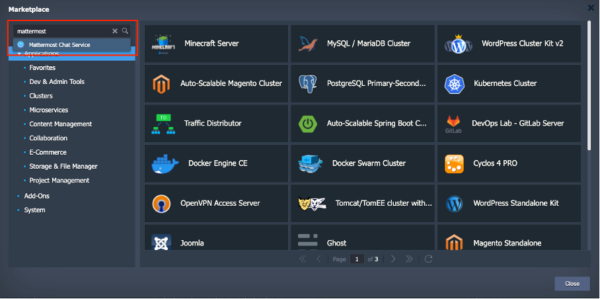It is becoming increasingly relevant to talk about the importance of having a Disaster Recovery plan for your data center. If disaster strikes, how do you deal with it and how do you recover?
We have consultants working on these issues on a daily basis and below you can read some of their top tips.
No one is responsible for your own disaster but you. Make sure you have a well thought-out and thoroughly tested plan for recovering your IT environment. Understanding your needs starts with an inventory of your entire environment, from software to hardware to data. Only then can you define what needs exist and then what is required to make those needs feasible.
When external factors affect
Disaster recovery is an area that rarely gets the budget or respect it deserves. Disaster recovery helps you keep your IT operations running after various external events.
Natural disasters, pandemics and other external factors will happen, we cannot ignore that. What we can do is to prepare ourselves well so that we can cope in the best possible way.
Identify the risks and define the probability of these different risks occurring and the potential impact of these different risks. Rank them according to impact and likelihood. Make a ranking of the different systems identified. Which are the most important, what needs to be put in place first, what can you do without initially?
Define the requirements for restoration times. How quickly does the most essential infrastructure need to be up and running, what can be prioritized lower and in what order should it be up and running?
Ensure that clear roles and responsibilities are defined so that everyone knows what to do in the event of a disaster.
Test your plan regularly
We cannot emphasize enough the importance of having a Disaster Recovery plan. Everyone needs a plan to know how to act when it happens. At the same time, having a plan is not enough, it also needs to be tested to see that it works and where it could be improved. This is something you should do regularly. As an IT environment changes over time, it is important to keep the DR plan up to date so that it really works as intended when an accident occurs. A DR plan that is not tested regularly is not a DR plan.
Working remotely
When something happens that prevents IT staff from physically managing the data center, problems arise. Most traditional systems require physical presence. It is time to review the entire IT disaster preparedness.
Disaster Recovery as a service complements your cloud backup solution, providing you with increased security and availability of your data. The cloud-based disaster recovery services allow you to access the environment without having to physically be on site, which can be crucial to continue working in the event of a disaster.
We are happy to help you with disaster planning, from checklists for IT departments to complete Business Continuity Plans for your entire organization.
DRaaS and other as-a-service solutions enable businesses of all sizes to enjoy the benefits and protections that these types of services offer. This is because of lower and scalable costs that allow more people to implement the solution. It can then grow in line with the company and its needs. Please contact us for more information on our as-a-Service offering.



